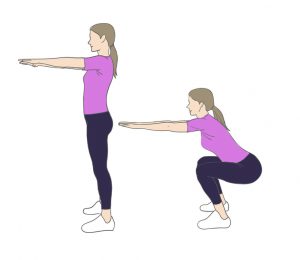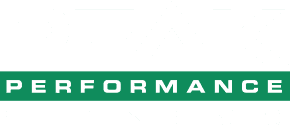A squat is a compound movement which involves strengthening the lower body. The squat has often been geared towards athletes to better improve their athletic performance due to the amount of muscle recruitment involved. The squat has many neuromuscular benefits making this a good addition to a sport specific exercise prescription. Athletes can benefit from front squats and back squats, but that is not the only benefit of this exercise.

According to Brad J, Schoenfeld, “it is estimated that over 200 muscles are activated during squat performance.” Over time, the squat has developed a reputation of superiority for not only athletes, but any individual who wants to improve their functional movements such as lifting packages or picking up a baby. Functional movements like this are required for daily activity and in order to be done correctly without strain, several muscle groups must be recruited together. The squat has now become an exercise of functionality that does not always have to be done with heavy weights. This translates well into clinical settings where individuals who suffer from chronic knee pain, chondromalacia, patellofemoral dysfunctions, total joint replacements and ankle instability can benefit from strength training.
In a paper by A. Braidot on the “Biomechanics of Front and Back Squat Exercises,” Braidot discusses the closed kinetic chain where the distal end remains fixed compared to an open kinetic chain where the distal end of the segment that moves is free. When using a machine such as the leg extension, muscle recruitment is isolated to the quadriceps group, whereas in a squat, there are over 200 muscles being recruited. This exercise engages more muscles as a result of the instability during the execution of the squat. This makes your abdominal and postural muscles work together to help your balance, too. So the next time you are working with your Exercise Physiologist, ask if the squat is right for you!
By Brandon Ayala

